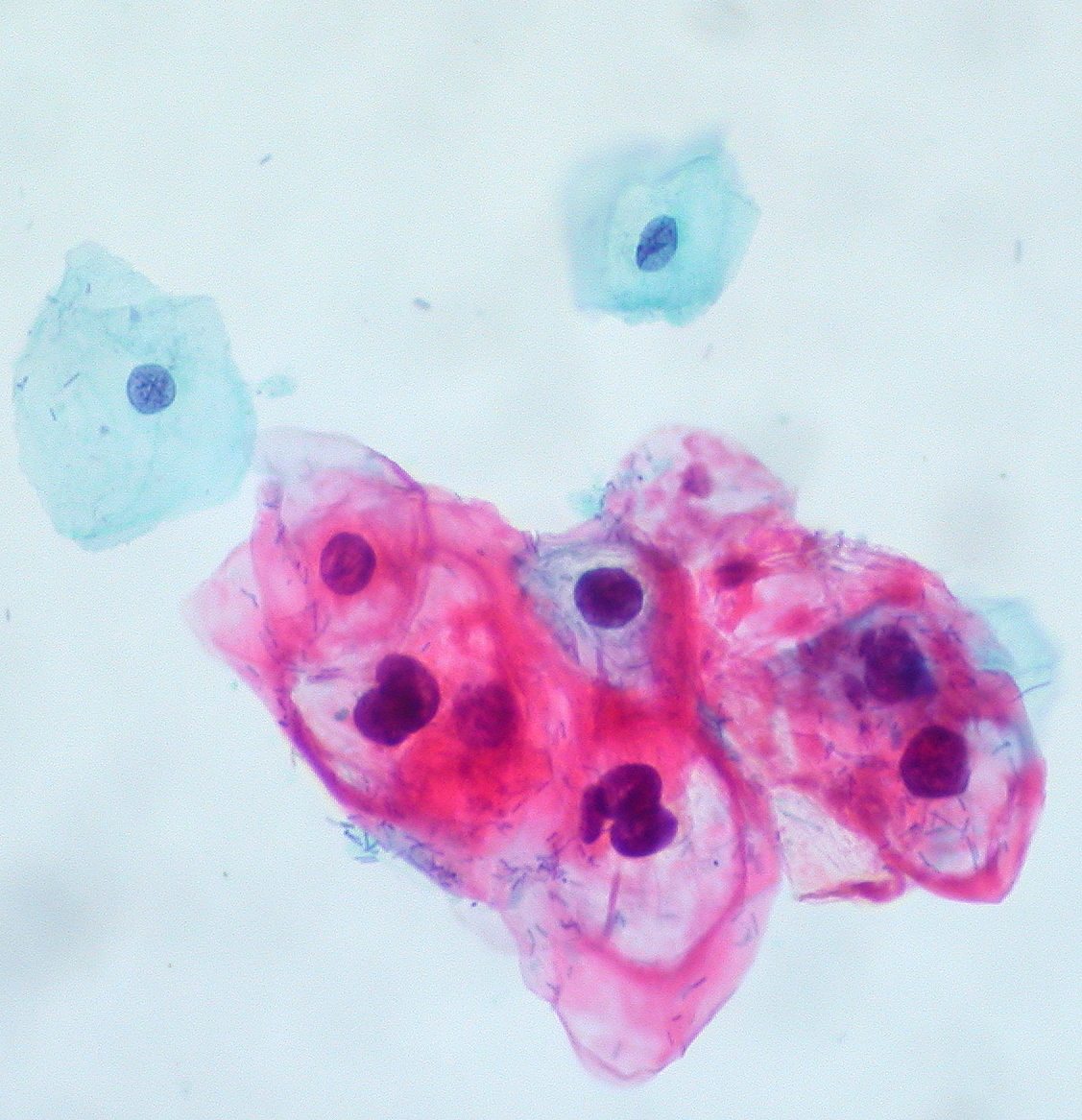Tonsillar Crypts Might Shield HPV, Giving Way to Cancer
The pathogenesis of human papillomavirus (HPV)-associated oropharyngeal squamous cell carcinoma is currently an important topic of elucidation. The presence of latent HPV infection in tonsil tissue of healthy adults may provide an explanation for a component of this process and contribute to the understanding of HPV-associated squamous cell carcinoma oncogenesis of the oropharynx.
Therefore, scientists at the University of Rochester Medical Center (URMC) have now analysed tissue samples to produce findings that could help prevent oropharyngeal cancers that form on the tonsils and tongue—and may explain why the roughly 5% of HPV-infected people who develop cancer of the mouth or throat are not protected by their immune systems.
“The virus gains access to the basal layer of stratified squamous epithelium through structural breaks in the stratified epithelial superstructure,” the investigators reported in the study. “Tonsillar crypt reticulated epithelium itself has been shown to contain numerous small blood vessels and has a discontinuous basement membrane, which may facilitate this infection and reinfection process.”
“Given the lack of universal HPV immunization and the potential for the virus to evade the immune system, even in individuals with detectable HPV in their blood, our findings could have far-reaching implications for identifying people at risk of developing HPV-related head and neck cancers and ultimately preventing them,” Matthew Miller, M.D., associate professor of otolaryngology and neurosurgery at URMC, said in a statement.

Miller and study co-author, Katherine Reith, M.D., an Otolaryngology resident at URMC, studied tissue samples from 102 patients who had elective tonsillectomies. Five of those samples contained HPV and four contained high risk strains, HPV 16 and 18. In every case, HPV was found in tonsil crypts biofilms.
The group believes HPV is shed from the tonsil during an active infection and gets trapped in the biofilm, where it may be protected from immune attack. In the crypts, the virus likely lays in wait for an opportunity to reinstate infection or invade the tonsil tissue to develop cancer.
“Given the lack of universal HPV immunization and the potential for the virus to evade the immune system even in individuals with detectable HPV in their blood, our findings could have far-reaching implications for identifying people at risk of developing HPV-related head and neck cancers and ultimately preventing them,” Miller said.
The researchers plan to investigate potential screening tools such as an oral rinse to detect HPV in the mouth and throat. The next step would be to develop topical antimicrobials that would disrupt the biofilm and allow the immune system to clear the virus. Also, the researchers hope that better HPV screening tools will help determine the impact of the HPV vaccine on the rates of these cancers.























